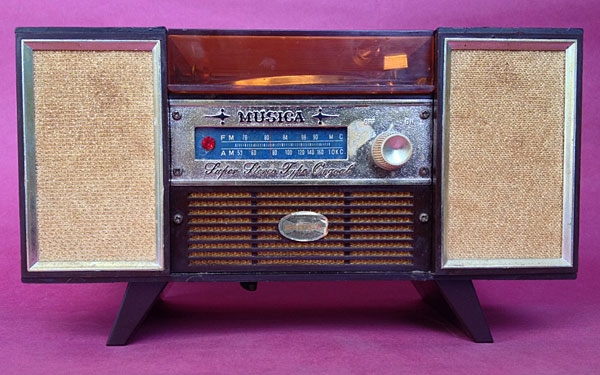| Columns Retired Columns & Blogs |
I am a musician and know a lot of musicians and they all care deeply about listening to music. I don't know any audiophiles personally, if by 'audiophile' you mean someone who would spend more than $500 on a turntable.
Musicians generally don't make the kind of money that would allow even 5 figures to drop on a listenind system. But they do listen closely to music, and appreciate good playback quality. I'm of the opinion that there's such a thing as good enough, and my opinion is shared by studio people, who aren't afraid of spending a goodly amount of money for monitoring. They also pay close attention to acoustic treatment, something not all audiophiles are aware of.
My opinion is that good professional studio audio is going to be hard to beat for audio quality; listening to (for example) Dynaudio monitors driven by an Apogee DAC in a properly treated room is amazing, particularly if you're hearing well-recorded music at its native resolution.
A recent editorial of yours said words to the effect that "our playback systems are very close to perfect, the weak link is how music is recorded." That's rather a slam on studio professionals, who take their work very seriously; there will always be 'bad' recordings (which in the end are 'bad' in that 'their production isn't to your taste' as much as actual technical faults).
Similarly, a Technics SL1200 turntable with a $100 Ortofon cartridge sounds fantastic to me. I could spend a lot more money than those items cost, but I doubt I could hear the difference.
All the rest of it: $50K speakers, special AC mains cables, boutique turntables etc are fun if you have the time, money, and interest to pursude them, but it's clearly a matter of belief, subjectivity and confirmation bias.
Personally, I do most my listening on Audio Technica M50 headphones, or my living room system, which is mostly thrift store finds. In my studio, I have Event 20/20 monitors driven by a Focusrite Saffire Pro 40. The studio sounds better than the headphones, and the living room brings up the rear. But they're all good enough.








































